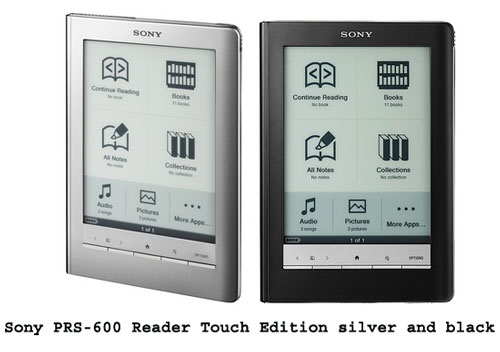I am running an 2.1" EPD based project on mbed now, which covers firmware of mbed API, software of Python/Android, hardware shields, 3D enclosure design, as well as application guideline for QRcode, barcode and font.
It may help you to find some useful information.
Because iPad kills E-book reader market, there are many 6" EPD panels available in the market as maintenance. In order to make it work, you can try to find a second hand device to start your development.
I have checked the Chinese market, SONY PRS-600 has used similiar panel (LB060S01) from LG display.

You have to contact LG display to sign NDA, get demo board to start your develop. But this product is out of date, obviously.
EPD's application is unique and limited. Since 6" is mainly designed for e-book reader, what else applications you are developing for ?
For LB060S01/02 panel, your processor must have a frame buffer of 800*600/2 = 240000 (234.375KB) . If using double buffering and RTOS and overhead of mbed, you need 512KB RAM and 1MB ROM.
So far only FRDM-K64F can cover this requirement. As I know, Kindle uses i.MX from Freescale. So this panel is only for Linux hackers, not for microcontroller developers.
I can find 2.1", 2.7", 6", 9" from different vendors. But I think smaller panel can find its market.
Hi there,
I noticed that the 6" e-paper displays are getting really affordable (25-35 Euro).
Datasheet /media/uploads/GerritPathuis/lb060s01-rd02.pdf
Unfortunately they need a positive and negative power supply, there are many interface connections and the thin copper foil is a pain.
The questions are is e-paper display worth pursuing and or is there a affordable quick fix for the given issues.
Thanks,
Gerrit